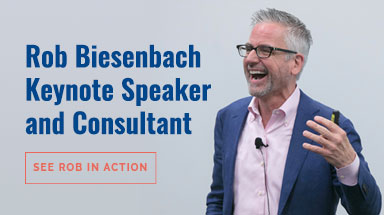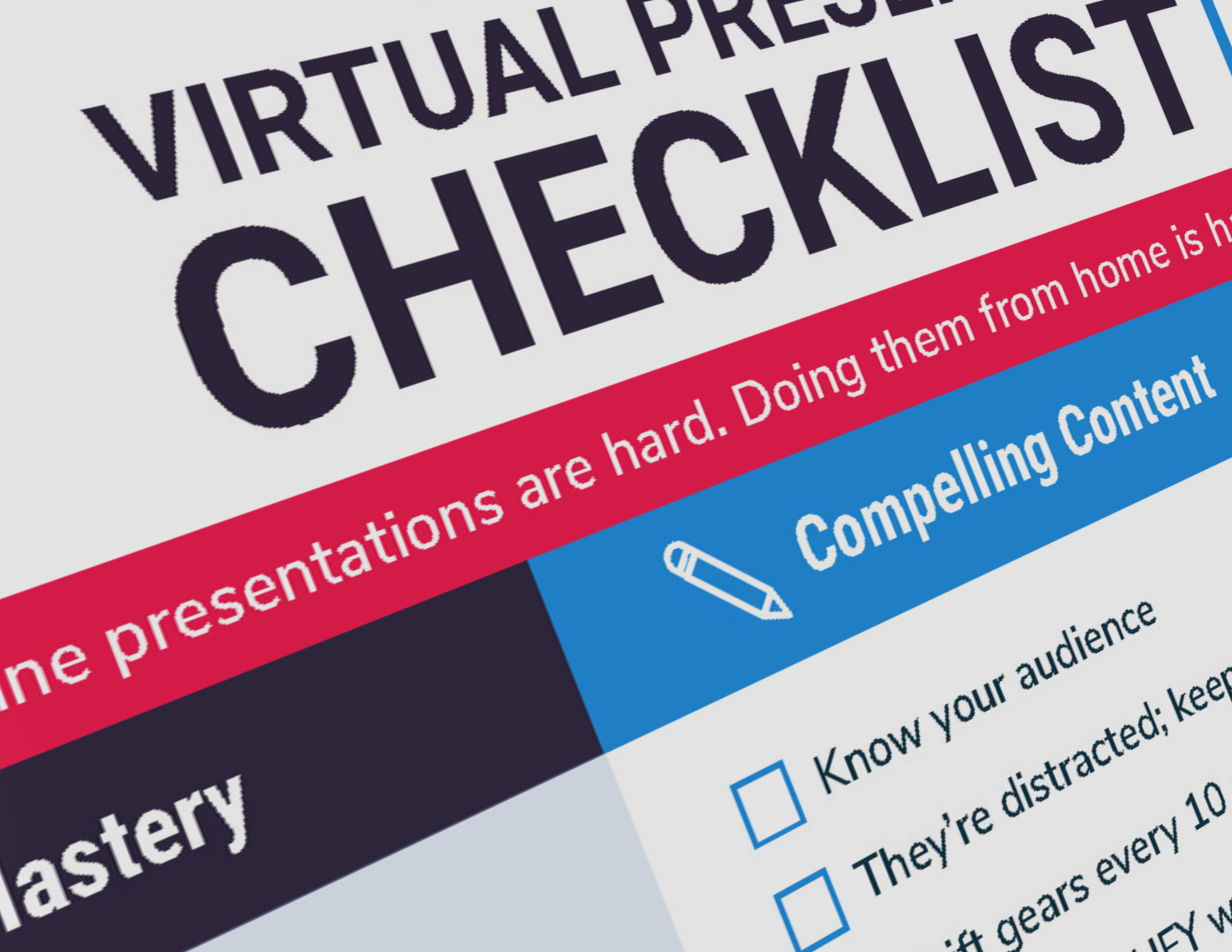I came across this cartoon the other day that shows what happens when a presentation goes off the rails. But I submit that the presentation as planned was doomed from the start anyway.
Take a look at the “How You Planned It” section. If that looks to you like a solid blueprint for a speech then it just may be that your presentation sucks, too.
How does it suck? Let me count the ways (below the graphic).
Don’t Start by Talking About Yourself
Your audience doesn’t care about you; they care about themselves. Your opening should speak to their needs, interests, fears and doubts. So don’t stand there and list your credentials. They’ll get that from whoever introduces you or in your bio or online.
The best way to tell the audience who you are is to do it organically within the speech. When I talk about storytelling, I mention that I learned some of these techniques when I studied at Chicago’s Second City Training Center. When I talk about visual communication, I give an example from a commercial acting job I did.
This way of talking about yourself is more natural, more meaningful (because it’s in the context of something that interests them) and it’s just plain less braggy.
Don’t Outline Your Talk
I know, it’s the old “Tell ’em what you’re going to say, say it, then tell ’em what you just told ’em.” It’s a classic, can’t-miss technique, right?
It’s not bad, and in certain circumstances it can be effective, but it’s not going to set anybody’s world on fire. It’s dull, ordinary, uninspired.
Just as with the introduction, it’s better to get us hooked on your content first. I don’t talk about my program until after I’ve told a story and set the themes for the presentation.
Beware of Motivation
I’m suspicious of the word “motivation.” Too many people offer up hollow platitudes in the name of inspiring an audience.
Motivation needs to be strategic. It needs to be aimed at moving people toward action. Motivation for motivation’s sake is pointless.
Also, you should be motivating them throughout the speech through the strength of your ideas, the power of your stories and the passion behind your words.
Don’t Do Q&A at the End
Unlike some speakers, I really enjoy Q&A. That’s often where some of a presentation’s best moments come from—those unexpected discoveries and moments of improvisation.
But saving questions for last is kind of old school. More and more experts recommend that you intersperse Q&A throughout your speech or do it right before your conclusion.
That way you end strong and on-message. I agree.
Is This Too Harsh? Does Your Presentation Really Suck?
I recognize that I’m talking about a cartoon here. I also appreciate that there are many different types of presentations. In the right setting, maybe this is the right structure. It appears to be for an academic or scientific presentation.
But still, it’s not the kind of structure that’s going to blow an audience away. And if you do go this route, you’d better have some pretty awesome content.
Oh, by the way, here are a couple of more lessons from the “after” or “How it Goes” side of the ledger.
Always Test Your Technology
The presentation itself is not the time to discover that your device is incompatible with the A/V system or you didn’t bring the right adaptor. All of that should be ironed out ahead of time.
And if you’re not given time to rehearse, get there early, before the program begins, and assert yourself. Find a tech person to talk to and test things out. After all, it’s your reputation on the line.
Always Have Multiple Backup Plans
You should never have to “power through” a bunch of slides, even if your promised timeslot is shortened.
I was once told I had 90 minutes to do a presentation, and when I got there they said they needed 20 minutes to take care of some of their own business first. I recently did another speech where the breakfast arrived during my presentation instead of beforehand, so I lost 15 minutes out of the hour I had.
The point is, stuff happens. So be prepared.
For my presentation on storytelling, I have versions that go 45 minutes, 60 minutes, 75 minutes, 90 minutes and three hours. So I can can always slice and dice it on the fly for whatever amount of time I’m left with.
Trying to catch up by powering through your slides is only going to confuse and annoy your audience.
Want to Know More?
Several of these issues are among the 11 Deadly Presentation Sins covered in my book. It’s available on multiple platforms (print, ebook, audiobook) from multiple sources (Amazon, Barnes & Noble, Kobo, iBooks and iTunes).
Check it out!





